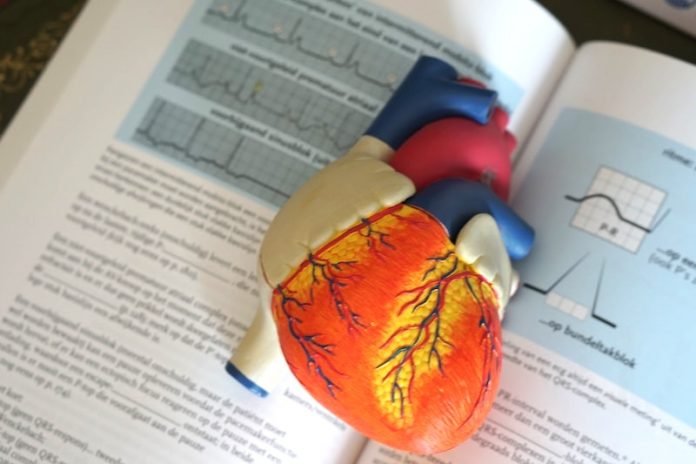
In a new study, researchers have developed a new method to detect irregular heartbeats after stroke.
The new method outperformed the approach that’s currently used widely in stroke units to detect instances of atrial fibrillation.
The research was conducted by a team from Michigan Medicine.
The technology, called electrocardiomatrix, goes further than standard cardiac telemetry by examining large amounts of telemetry data in a way that’s so detailed it’s impractical for individual clinicians to attempt.
The team found that among stroke patients with usable data (260 of 265), electrocardiomatrix was highly accurate in identifying those with Afib.
They say that the electrocardiomatrix was an accurate method to determine whether a stroke survivor had an Afib.
After a stroke, neurologists are tasked with identifying which risk factors may have contributed in order to do everything possible to prevent another event.
That makes detecting irregular heartbeat an urgent concern for these patients.
Importantly, the team found that the electrocardiomatrix identification method was highly accurate for the 212 patients who did not have a history of Afib.
This group is most clinically relevant, because of the importance of determining whether stroke patients have previously undetected Afib.
When a patient has Afib, their irregular heartbeat can lead to blood collecting in their heart, which can form a stroke-causing clot.
Many different blood thinners are on the market today, making it easier for clinicians to get their patients on an anticoagulant they’ll take as directed.
The most important part is determining Afib’s presence in the first place.
According to the team, once hospitalized in the stroke unit, patients are typically placed on continuous heart rhythm monitoring.
Stroke neurologists want to detect possible intermittent Afib that initial monitoring like an electrocardiogram, or ECG, would have missed.
Because a physician can’t reasonably review every single heartbeat, current monitoring technology flags heart rates that are too high.
The neurologist then reviews these flagged events, which could lead to some missed Afib occurrences or false positives in patients with different heart rhythm issues.
In contrast, the new electrocardiomatrix converts two-dimensional signals from the ECG into a three-dimensional heatmap that allows for rapid inspection of all collected heartbeats.
This method permits fast, accurate and intuitive detection of cardiac arrhythmias. It also minimizes false positive as well as false-negative detection of arrhythmias.
One author of the study is Jimo Borjigin, Ph.D.
The study is published in Stroke.
Copyright © 2019 Knowridge Science Report. All rights reserved.



